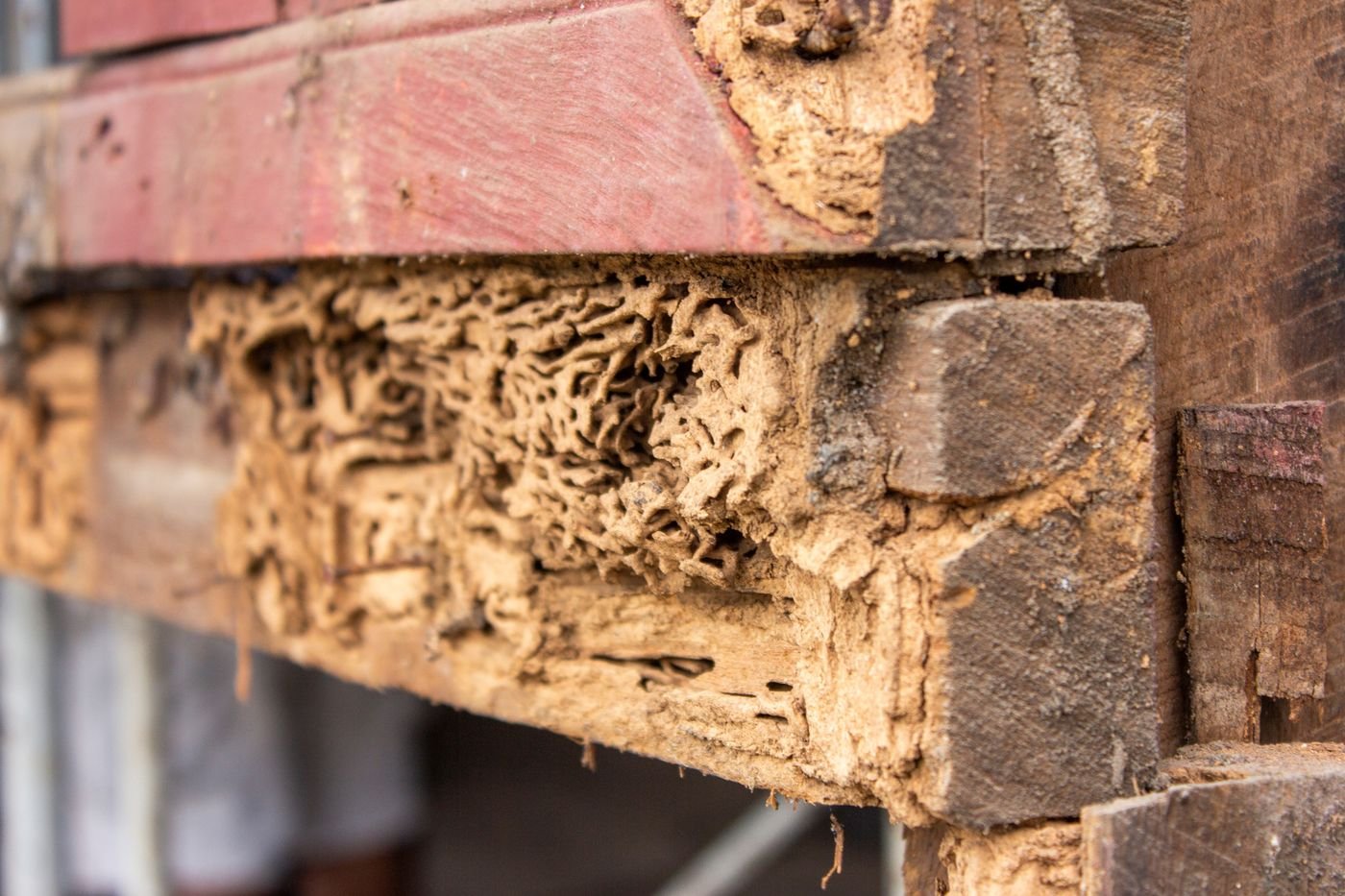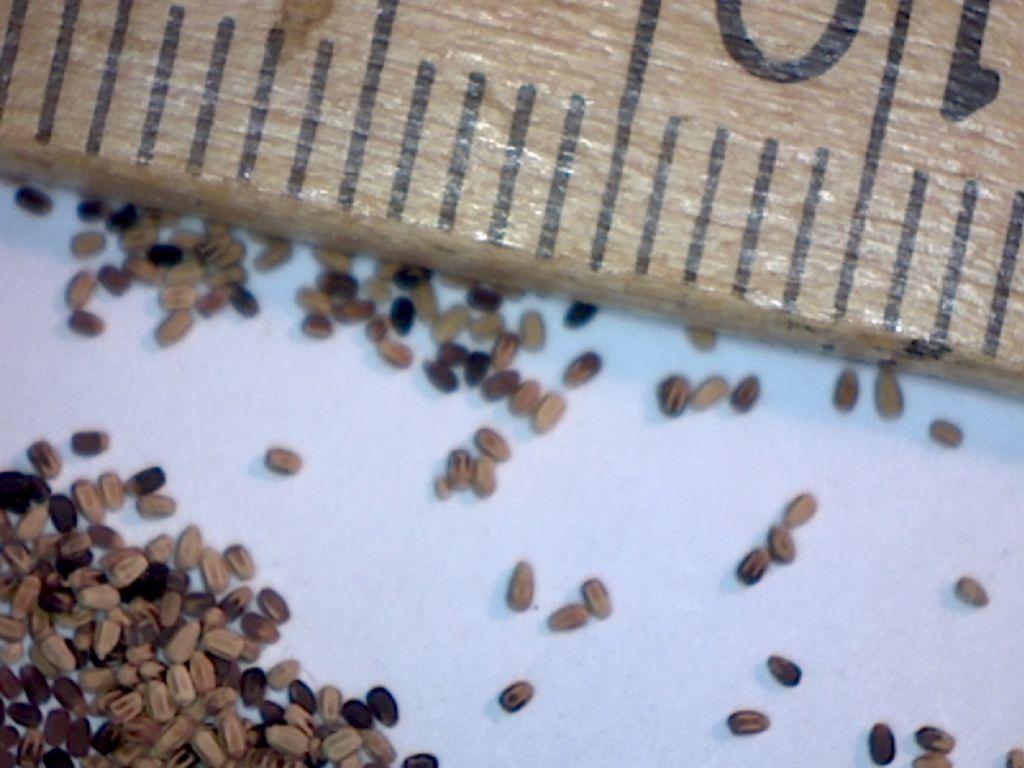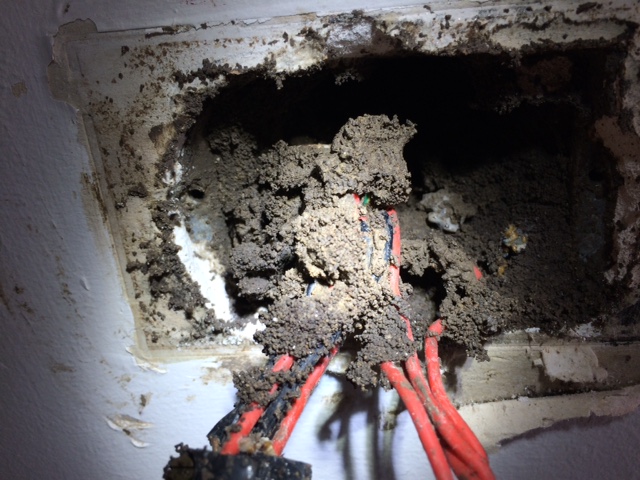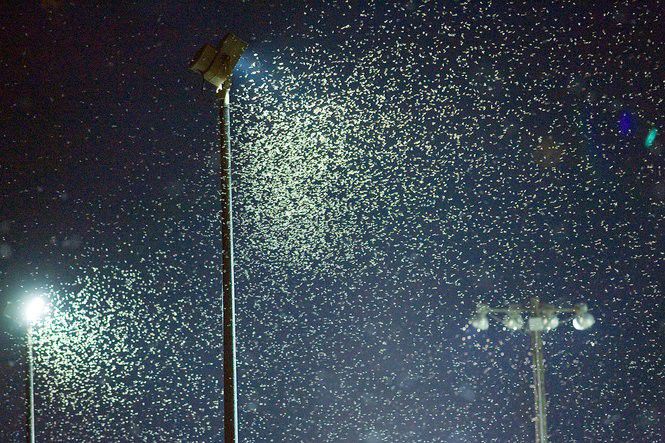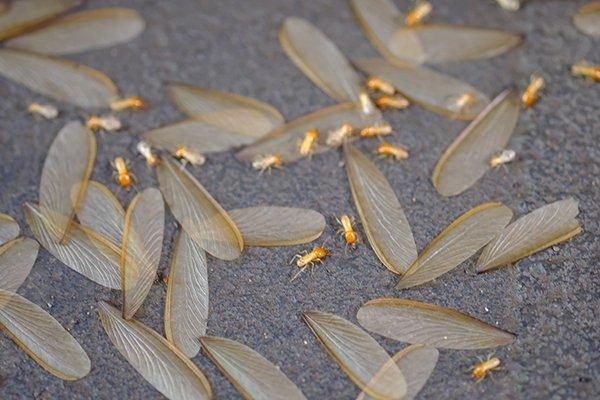Have you ever wondered why there are paint bubbles on your walls? Or mud and soil on your floorings? Has your ancestral house been unvisited? Do you have rental apartments that were hit by the pandemic and left unoccupied for a long time? You might want to check because your property might be infested with termites.
Termites are one of the most devastating pests in the Philippines, especially in the whole Luzon island. Although termites are not directly harmful to humans, there are over 200 species of termites in the Philippines that can chew their way through your hard solid walls, stairs, cabinets, books, cartons, insulation, and other furnishing and properties at home. Moreover, they can also destroy all kinds of foliage in your garden including trees and plants. They can be really destructive, and in the Philippines, it costs hundreds of millions of pesos worth of reconstruction yearly. That’s a lot of money!
That’s why we’re here to warn you of the most common tell-tale signs that can tell you your house or any property is already greatly infested with termites.
1. Mud tubes
Mud tubes are like miniature tubes that act as tunnels for the termites’ mobility and protection. They are often made of dirt, soil and termite droppings. These mud tubes can be hard to spot, and are usually built in dark hidden spots of your property, but having these mud tubes is one of most common red flags that need your immediate attention. When you spot this, it means termites are already roaming around freely in your property.
2. Tiny droppings
The easiest way to check infestation is through the feces or excrements of the termites. Like other pests, termites’ presence can be confirmed by their droppings. After munching on wood, termites excrete frass or droppings that they move out of their chambers. Funny thing to note is that termites don’t like their own areas dirty, so they move their own droppings outside of their chambers or tunnels and use these deposits to form mounds and piles. You can see these mostly around walls and furniture. Try to check your wooden properties if there are tiny particles that look like coffee grounds, saw dust or pellets. Most likely termites would have caused this.
3. Power short circuits
Most often it’s just caused by your local electricity provider, but some other times, termites cause power short circuits too!
If you notice that short circuits are becoming regular at home, try to check your electrical fittings behind walls, because the warmth of electrical fittings attract termites, and may be chewing their way in the materials surrounding them. Confirm if there’s a termite infestation by examining your electrical fittings. If you can see mounds or piles of mud, soil, or what looks like sawdust, then it’s a positive. Do not try to fix the damage, however, by yourself as this is dangerous.
4. Flying insect swarms
There are many species of flying insects in the Philippines. However, if there are noticeable swarms of white, big-winged insects especially after the summer and the beginning of the wet season, your home or its surrounding areas might be nesting grounds of flying termites. These swarms are usually gathered in the lamp posts at night and can also infest your home.
These flying termites breed in wet and rotting wood or trees, so if you have those laying around your property, you better check the rest of the area for other signs.
5. Piles of detached wings
If you don’t notice the termite swarms outside, then perhaps look at the grounds, around the corners of walls, windows and doors. If you discover a pile of detached, discarded wings, then there might be a termite infestation around your property. Flying termites like well-lit, warm areas, and shed their wings after a while. You may think that they’re flying ants, but the wings of flying termites have the same sizes. If you house is a breeding ground, then the shed-off wings are a sure-fire sign.
6. Cracked, bloated or bubbled paint
Most often we think that paint cracks, bloating and bubbling of wall paint are caused by water leaks or a piping problem. Most of the time, it is correct, but sometimes, these are also caused by termites. When termites eat away the wood inside the walls, the structure is being damaged, affecting the wall’s stability and integrity. This causes the outside finishing, including the paint, to have damages as well.
If this sign is evident in your home, we can no longer prevent the infestation, but it’s definitely the time to book an inspection to prevent further damage to your property.
7. Visible damages
The last but the most give-away sign, of course when you see noticeable damages in the wooden parts of your home like the ceilings, floors, stairs, furniture, and even books and paper, then it’s a positive sign that you have termites at home. Termites feed on almost anything, so if you can see damages that look like the materials have been eaten away, don’t hesitate to call your pest control provider.
If most of these signs are already evident in your home, you need to contact a professional termite exterminator today. Yes, today! Do not prolong it, because take note that these signs would only be visible if termites have been there already for a long time. Prevent further structural damage that will cost you a lot of money to repair.
Termites are not pests that you can get rid of on your own. If you have an infestation, leave us a message and book an inspection.

